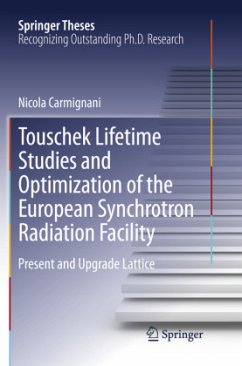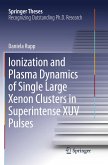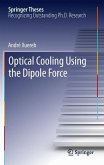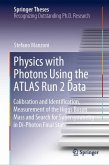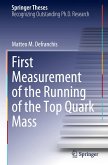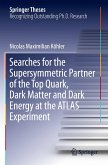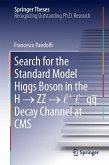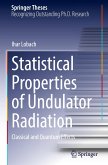This thesis describes the experimental and theoretical basics of free electron laser science, serving as an excellent introduction for newcomers to this young field. Beyond that, it addresses electron-beam lifetimes in third-generation synchrotron light sources, in particular with a view to optimizing them in the forthcoming ESRF upgrade.
The lifetime of the electron beam in a storage ring is a measure of how fast electrons are being lost, and is thus an essential parameter determining the required injection frequency, which in turn affects beam stability and power consumption. The main limitation on the beam lifetime in these synchrotron light sources is the Touschek effect, i.e. the single scattering between two electrons in a bunch. In this thesis a model able to predict the Touschek lifetime is presented. The model is successfully tested against measurements and used to study the influence of other parameters such as current and size of vacuum chamber. Not least, it enables the settings of sextupole magnets to be optimized.
The lifetime of the electron beam in a storage ring is a measure of how fast electrons are being lost, and is thus an essential parameter determining the required injection frequency, which in turn affects beam stability and power consumption. The main limitation on the beam lifetime in these synchrotron light sources is the Touschek effect, i.e. the single scattering between two electrons in a bunch. In this thesis a model able to predict the Touschek lifetime is presented. The model is successfully tested against measurements and used to study the influence of other parameters such as current and size of vacuum chamber. Not least, it enables the settings of sextupole magnets to be optimized.

